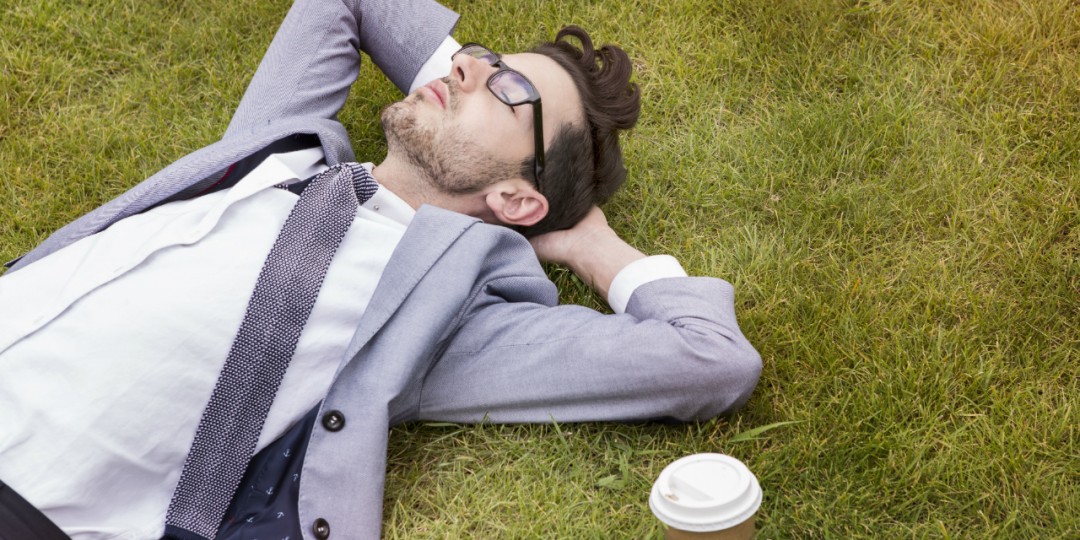
According to one study, a 17-minute break every hour is ideal; but most of us spend most of the day setting at a desk squinting at a computer screen, putting both our productivity and health at risk.
People who take breaks in the morning feel more refreshed and less emotionally exhausted than those only taking breaks in the afternoon. This could be a result of using up more energy on priority tasks and facing more challenges, interruptions and communications in the morning. The more you focus and the more decisions you make, the more important it is to take a break.
You also tend to be more creative after taking a break – especially when combining it with exercise. It is thought that your mind it could be chewing away at the problem in the background, according to an item in Time’s 2017 special edition on Mindfulness.
When you take a break with other office workers, keep the conversation unrelated to work in order to get the full productivity and wellness benefits. Ideally, physically getting away from work during your break is better than a trip to the company cafeteria or boardroom. A minimum walk of 10 minutes is best – especially if it relates to nature in some way – such as a stroll among trees or in a field or garden. The longer you walk, the greater the benefit, and it has been shown that a 40 minute walk in a forest results in lower levels of the stress hormone cortisol then an equivalent walk in the laboratory.
If it is impossible to leave your workstation, at least have a stand-up break. Simply standing increases your energy, and walking increases energy levels by more than 200%. Sitting for more than half the day doubles the risk of diabetes and cardiovascular problems. According to James Levine, co-director of Obesity Solutions, a program of the Mayo Clinic in Scottsdale, Arizona, research indicated that those sitting for over four hours a day had a 46% increase in deaths from any cause than those sitting less than two hours a day.
Standing up while working can improve performance. Studies have shown that people can make quicker decisions and absorb information faster when standing. (One study referred to in the August 27, 2016 issue of the Toronto Star mentioned that standing desks in schools improves behaviour and helps kids burn off more calories.) Standing desks in call centres have been known to boost productivity up to 46%.
Exercise breaks are probably the most effective, but the most difficult to work into a busy day. So at least walk around when you talk on the phone, stretch, hold stand-up meetings, use standing desks periodically, and take the stairs instead of the elevator when possible.
And forget about trying to impress the boss by working through breaks and working overtime. At least one study showed that as long as your work gets done, working longer hours doesn’t make you a better worker in the eyes of your boss. Another study revealed that if people think they should be reachable after work, they feel less in control – and more stressed.
How often you take a break is important, and you should take a brief break every one hour and 90 minutes, depending on your energy cycle. Our brain tends to function in rhythms of high energy followed by briefer periods of low energy. This energy cycle is discussed in more detail in my ebook, Managing your energy, published by Bookboon.com.
Did you take a break today? Reading this article doesn’t count – because it relates to work.


Recent Comments